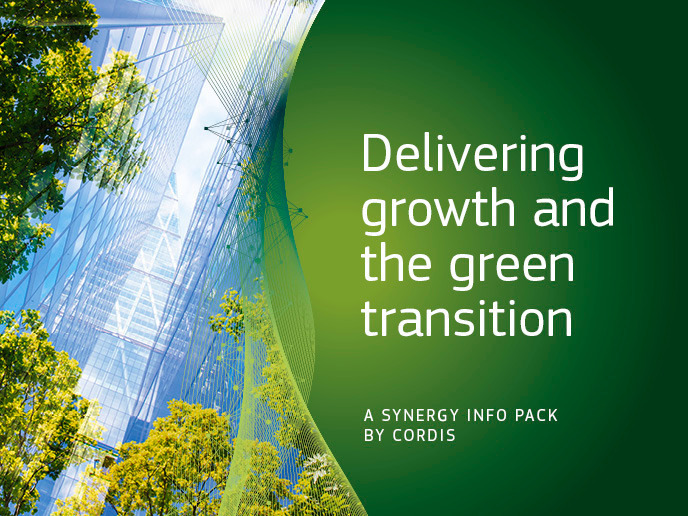MicroGrids: the future of power distribution networks
The past decade has been a challenging one for the energy industry in Europe. All Member States have had to deregulate their energy markets. Furthermore, as signatories of the Kyoto Protocol, they have all pledged to reduce their emissions of greenhouse gases (GHG), to which energy production is a major contributor. These developments have encouraged decentralisation of the energy production system, especially as more and more countries turn to Renewable Energy Sources (RES). The question is what happens when energy demands must be met by several relatively small generators (microgeneration) versus a small number of large power plants. The Power Systems Unit of the Institute for Systems and Computer Engineering of Porto (INESC Porto) tried to answer this question in the MICROGRIDS project. The Portugese engineers performed several simulations of MicroGrids, examining parameters like voltage profiles to improve our knowledge about these special networks. A wide variety of scenarios were investigated with varying degrees of penetration of MicroGrids into the conventional network. Their approach involved reducing the active power at each grid node. What INESC Porto learned was that microgeneration features both environmental and economic advantages. Since the distance between the electricity generator and the customer is reduced in microgeneration, so are the power losses in the distribution network. Furthermore, it was discovered that branch congestion can be significantly reduced, reaping further economic benefits. From an environmental perspective, both these factors contribute to significantly limiting emissions of carbon dioxide and other GHG. The positive results of this initial research have sparked further interest in the field MicroGrids.







